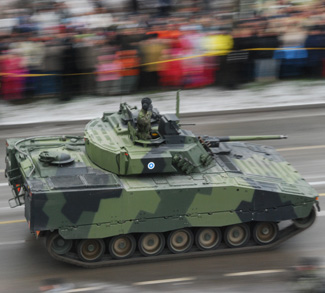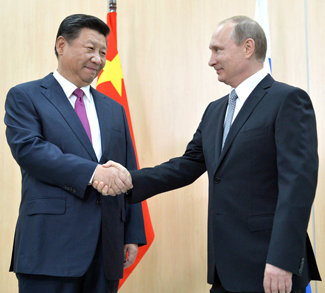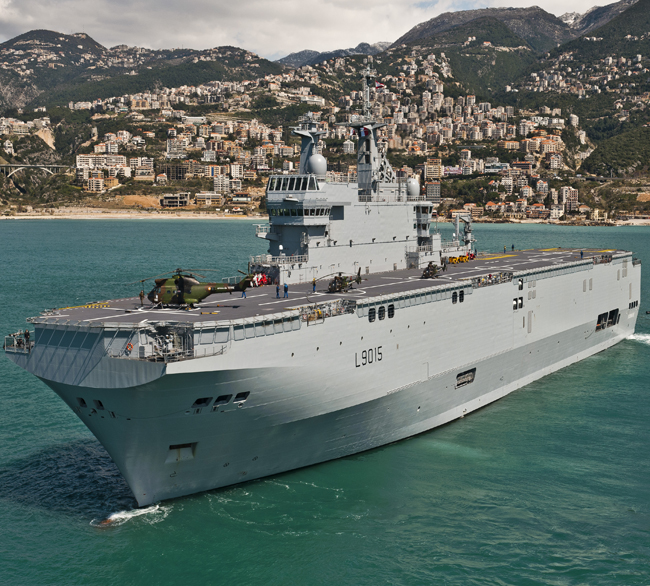With Americans heading to the polls in just a few days, the possibility of a second Trump presidency—and with it the possibility for reduced US support for NATO—looms large. Yet even if the incoming administration remains committed to NATO, the United States is still just one country, with finite (though vast) resources and defense commitments spread across the globe. Over the past decade, Washington has increasingly focused its defense strategies on the Asia-Pacific against the backdrop of mounting US-China tensions, but new conflicts in the Middle East are now dividing attentions. Whether due to a Trump presidency or resource constraints, this all leads to an uncomfortable question for European defense planners: Is NATO prepared to face Russia without significant US backing?
Since the beginning of the Ukraine war, the West has primarily focused on its military aid to Kyiv as opposed to a more holistic strengthening of military capabilities. While defense budgets have increased across the Alliance, the new spending has not been to the degree that would significantly improve overall (European) readiness in a hypothetical conflict with Russia – a contingency that analysts fear could come to pass if Ukraine were to fall. For example, only a few NATO states have reinstituted conscription and all members have failed to meaningfully expand defense manufacturing industrial bases. This has left European leaders attempting to restore collective deterrence and defense, without European rearmament and increased defense capabilities. This contradiction has led some US military leaders to dub NATO a “Potemkin army.”




